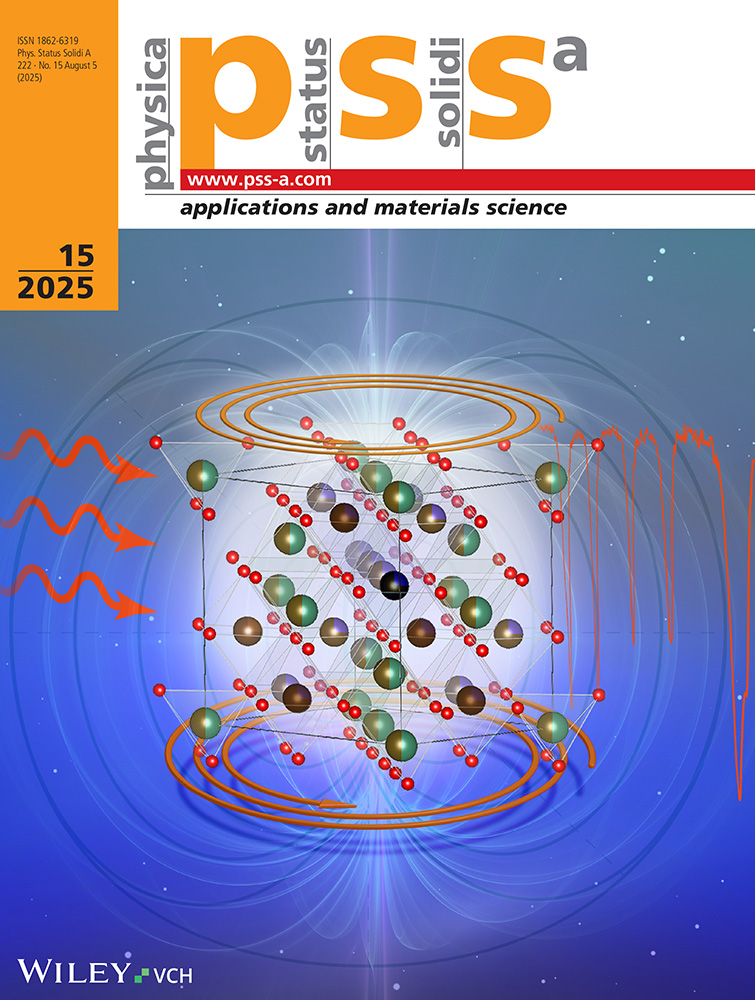Photo- and Cathodoluminescence of Combustion-Synthesized Al2O3–TiC Composites
Abstract
Photoluminescence and cathodoluminescence spectra of combustion-synthesized Al2O3–TiC ceramic composites were investigated. At room temperature, these composites stimulated by a 514.5 nm Ar+ laser and by an electron beam with energy of 25 keV emit red light of 610 to 804 nm centered at about 696 nm and four visible bands centered at 360, 420, 570, and 700 nm, respectively. Secondary electron images, panchromatic and monochromatic CL images, and micro-elemental analyses by SEM and EPMA revealed that the luminary is corundum involving TiC. The 700 nm band of CL or PL is attributed to the transition between 1T1(et) and 3T2(et) excited states, and the 570, 420, and 360 nm bands of CL to the transitions between 3T1(et) or 3A2(e2), 1T1(et), 1E(e2) excited states and 3T1(t2) ground state of Ti2+ in corundum, respectively.




